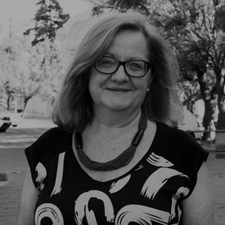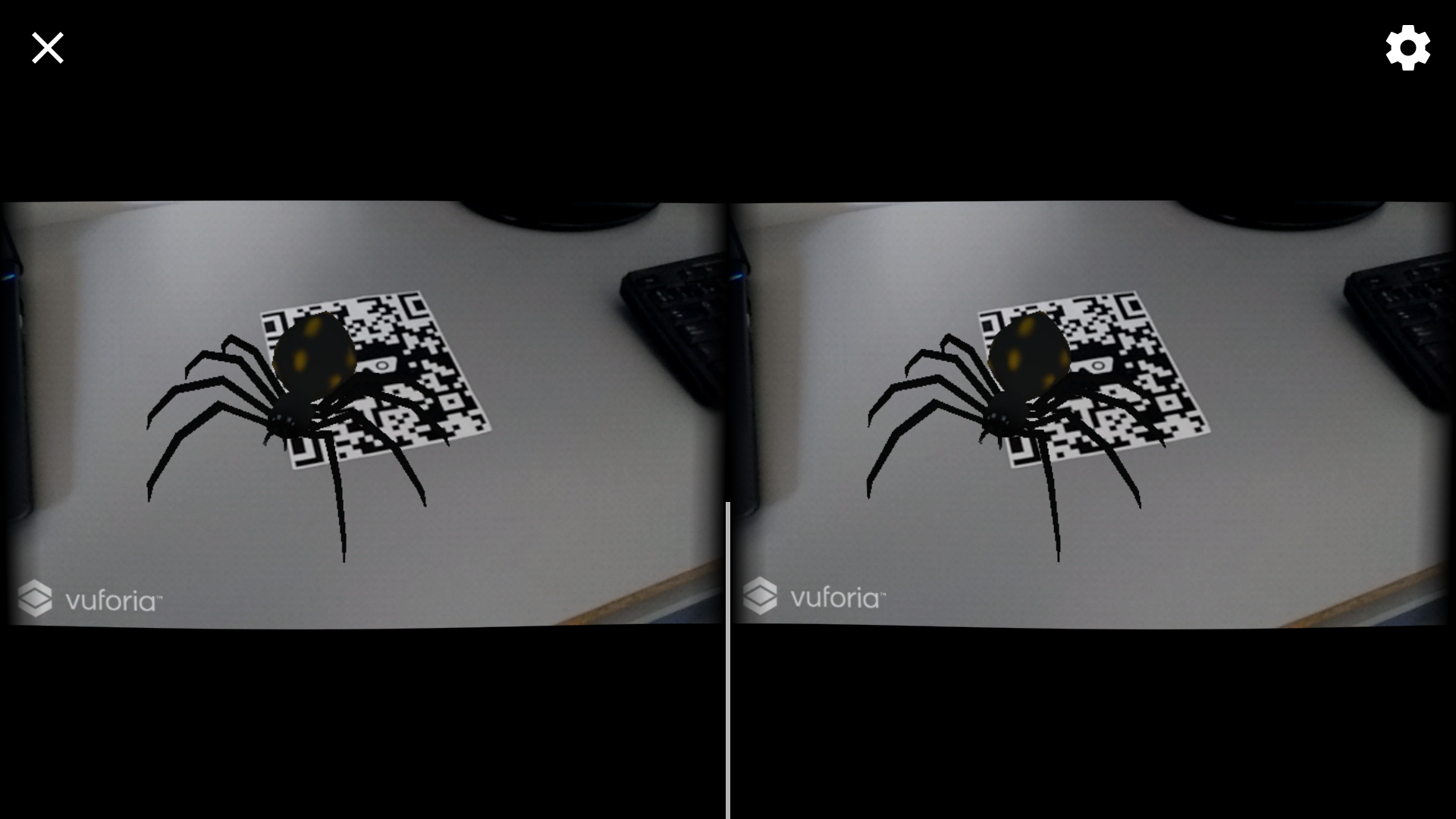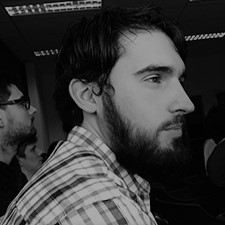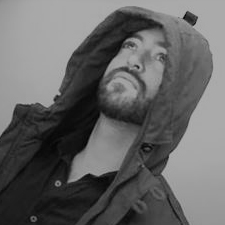
Augmented Reality
Augmented Reality (AR) is a technology that augment reality with virtual information by providing users with the ability to visualize information that is difficult or impossible to show in real life.
The most common AR overlays information or virtual objects to the image that is captured in real time by a mobile device or cell phone. On the other hand, there are more expensive and technologically more advanced special devices that project augmented information through AR displays or head mounted displays.
Information and virtual objects usually require a predefined place to be positioned. For example, any image or GPS location can be used as AR markers.
This research topic studies how to bring these immersive technologies to the common public. In the VyGLab we work with educative applications to display geolocated information without requiring Internet access. On the other hand, we also perform simulations of real objects that can be visualized and interact with mobile devices. We also focus on increasing existing objects, such as adding augmented information to existing books.
People Involved in this Topic...

Ing. Juan Manuel Trippel Nagel

Dra.Silvia M. Castro

Dr. Ernesto Bjerg
Main Related Publications
|
Gazcón, N. F., Nagel, J. M. T., Bjerg, E. A., & Castro, S. M. (2018). Fieldwork in Geosciences assisted by ARGeo: A mobile Augmented Reality system. Computers & geosciences, 121, 30-38.
|
||
|
Gazcón, N., & Castro, S. (2015, August). ARBS: An interactive and collaborative system for augmented reality books. In International Conference on Augmented and Virtual Reality (pp. 89-108). Springer, Cham.
|
Other Related Publications
| Selzer, M. N., Gazcón, N. F., Trippel Nagel, J. M., Larrea, M. L., Castro, S. M., & Bjerg, E. A. (2018). Tecnologías inmersivas aplicadas: realidad virtual y aumentada. In Workshop de Investigadores en Ciencias de la Computación (Vol. 20). |
||
| Tripi, F. N., Selzer, M. N., Biondi, J. A., & Larrea, M. L. (2018). Virtual and Augmented Reality Therapy Framework for Phobia Treatment. In XXIV Congreso Argentino de Ciencias de la Computación (La Plata, 2018). |
||
|
Soulier, K. E., Selzer, M. N., & Larrea, M. L. (2017). Estimating Illumination Direction for Augmented Reality in Real-Time by using Low-Cost Sensors. Journal of Computer Science & Technology, 17.
|
||
|
Soulier, K., Selzer, M. N., & Larrea, M. L. (2016). Real-Time Estimation of Illumination Direction for Augmented Reality with Low-Cost Sensors. In XXII Congreso Argentino de Ciencias de la Computación (CACIC 2016).
|
||
|
Soto, M. F., Larrea, M. L., & Castro, S. M. (2013). Augmented reality in mobile devices applied to public transportation. In XVIII Congreso Argentino de Ciencias de la Computación.
|
||
|
Martín Varisto, Y., Pinassi, C. A., Larrea, M., Bjerg, A., & Flores Choque, D. (2013). Tics y difusión del patrimonio cultural. Realidad aumentada y virtual en el área fundacional de Bahía Blanca.
|
||
|
Martig, S. R., Castro, S. M., Larrea, M. L., Escarza, S., Escudero, M., Ganuza, M. L., ... & Di Luca, S. (2012). Interfaces no convencionales. In XIV Workshop de Investigadores en Ciencias de la Computación.
|
||
|
Martig, S. R., Castro, S. M., Larrea, M. L., Escarza, S., Escudero, M., Ganuza, M. L., Urribarri, D. K., ... & Flores Choque, D. (2009). Interfaces no convencionales. Su impacto en las interacciones. In XI Workshop de Investigadores en Ciencias de la Computación (WICC 2009).
|















